Lawn
All Lawn Content
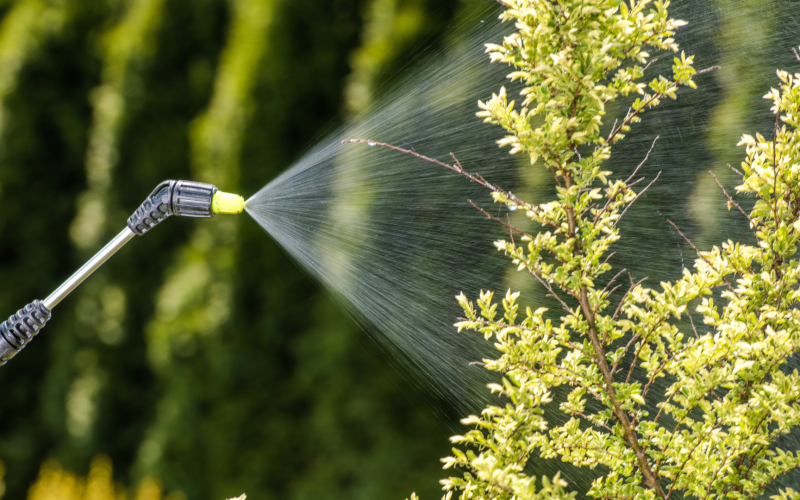
Commercial Ornamental/Turf Applicator Training @ Rapid City
SDSU Extension will host ornamental and turf commercial applicator training in Rapid City at the Ramkota (2111 N LaCrosse St, Rapid City, SD 57701) on February 25, 2026, from 9:30 a.m. – 4:30 p.m. MT.
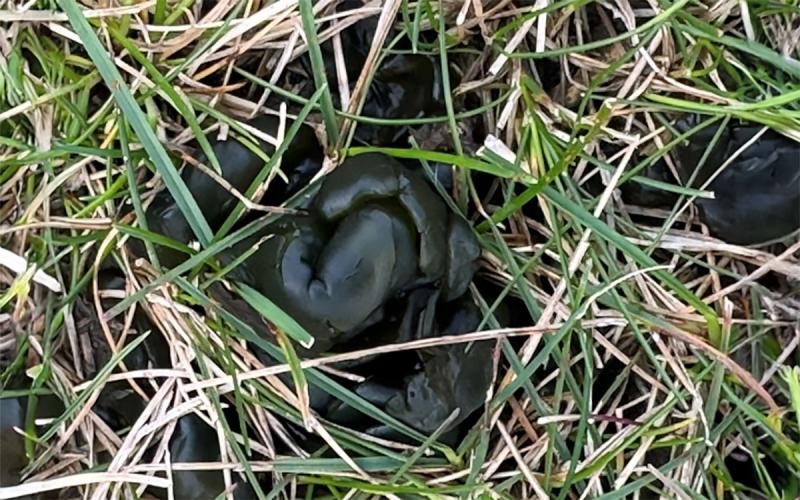
Nostoc in Lawns
Nostoc is a genus of cyanobacteria that form colonies in gelatinous masses. In South Dakota, it commonly appears in home lawns, notably in patches where grass is not growing, especially after periods of rain.
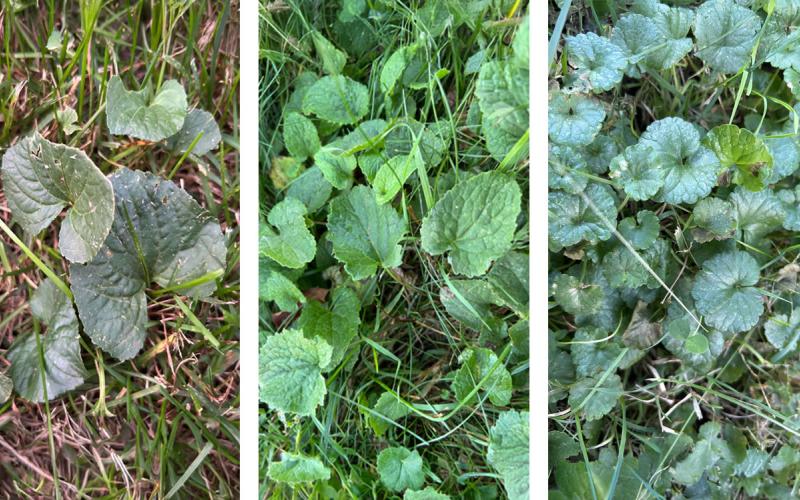
Perennial Weed Control in Lawns and Turf With Fall Herbicide Applications
Early fall is great time to control perennial weeds in lawns, including Wild violet, Creeping Bellflower, Ground Ivy, and Canada Thistle. Learn some expert tips selecting the right herbicides to manage these difficult-to-control weeds this fall.

Home Horticulture Resources for Gardeners
Horticulture is the branch of plant agriculture dealing with garden crops. In addition to our website, there are many horticulture resources available on the web to provide research-based information to help every gardener succeed.
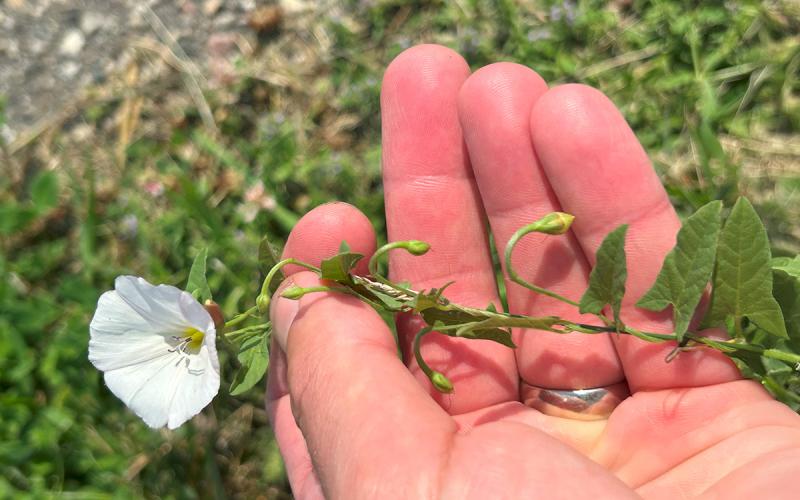
In a Bind With Field Bindweed?
It’s August and field bindweed, one of our most-persistent perennial weeds, is flowering. Although field bindweed is not statewide noxious, it’s locally noxious in Bennett, Bon Homme, Clarke, Lake, Stanley, and Yankton counties.
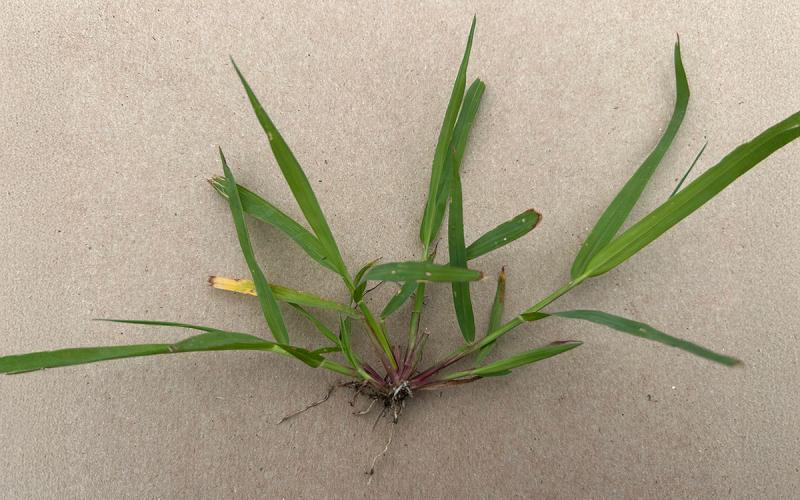
Late-Season Crabgrass Control
At the start of August, crabgrass is often prevalent in lawns. Ideally, this weed should be controlled earlier in the season, but if early management was missed, a post-emergence herbicide can help control it before it produces more seed.
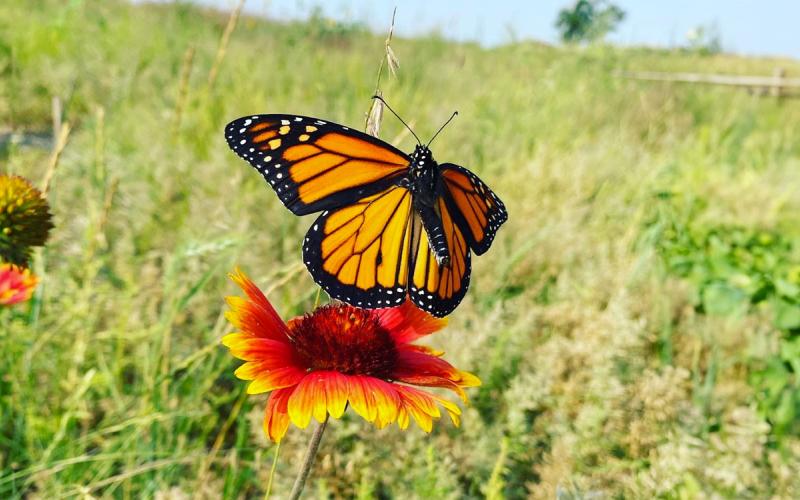
SDSU Extension to host Backyard Natural Resources series
May 01, 2025
South Dakota State University is pleased to announce the second year of its virtual Backyard Natural Resources series on May 6, 8, 13 and 15, 2025.
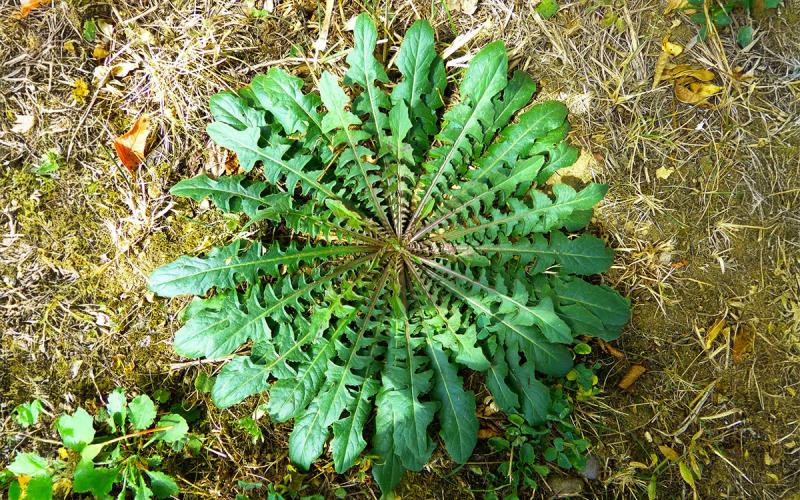
Spring Dandelion Control
If dandelions are present on your property this spring, an herbicide application may be worthwhile, because it can kill above-ground growth, meaning a reduced likelihood for seed production that will worsen problem.
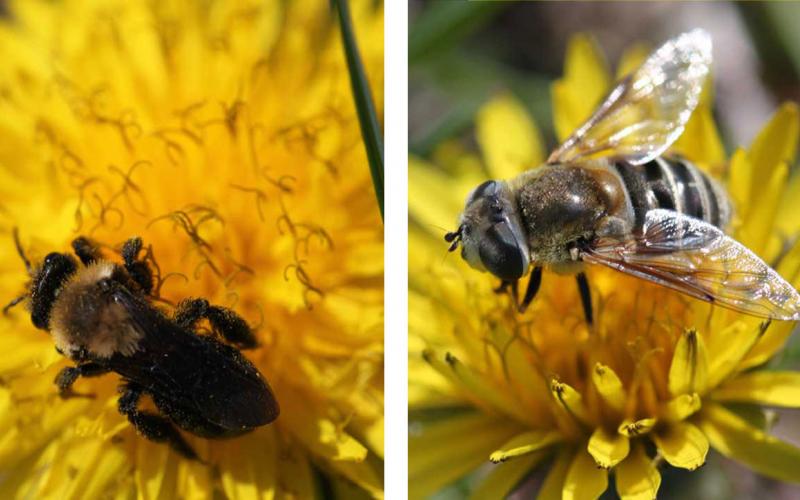
Should I Get Rid Of My Dandelions?
While there is much appeal to having a lawn that is free of other plants, there can be benefits. Some weeds that are sprayed out of lawns, including dandelions, can serve as early-season food sources for pollinators.
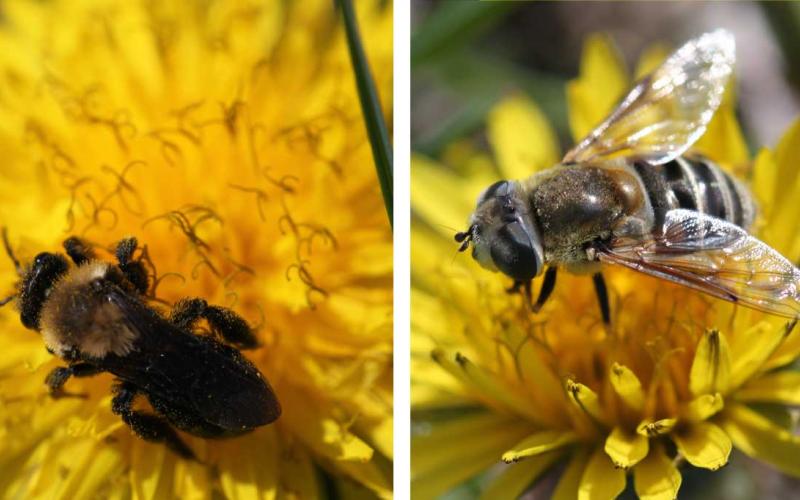
Why Those Dandelions in Your Yard Aren’t So Bad
While research has shown that pollinators, specifically honey bees, can’t survive on dandelion pollen alone, this doesn’t mean that the dandelions aren’t still important for pollinators.